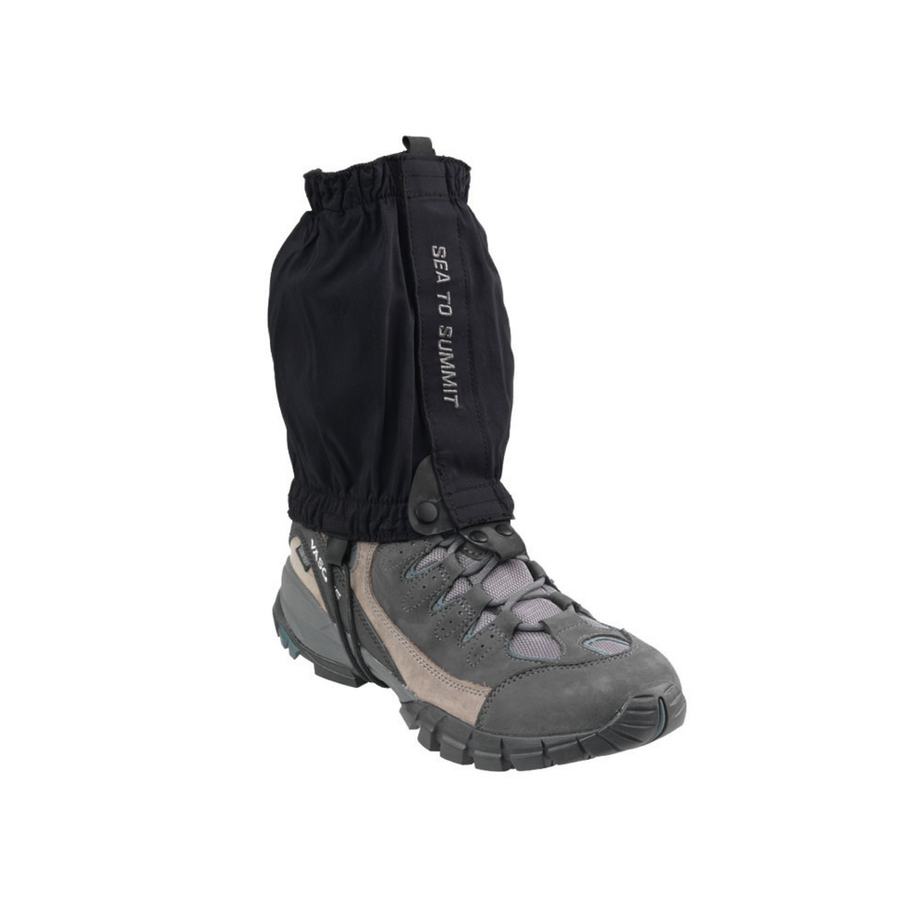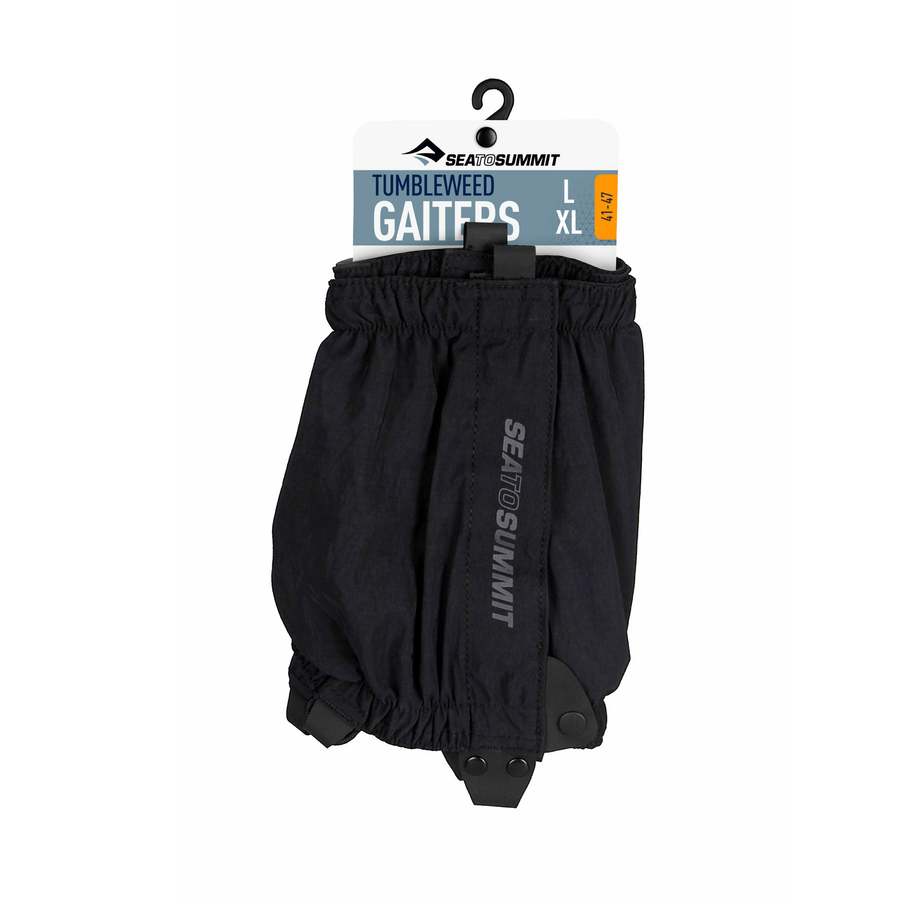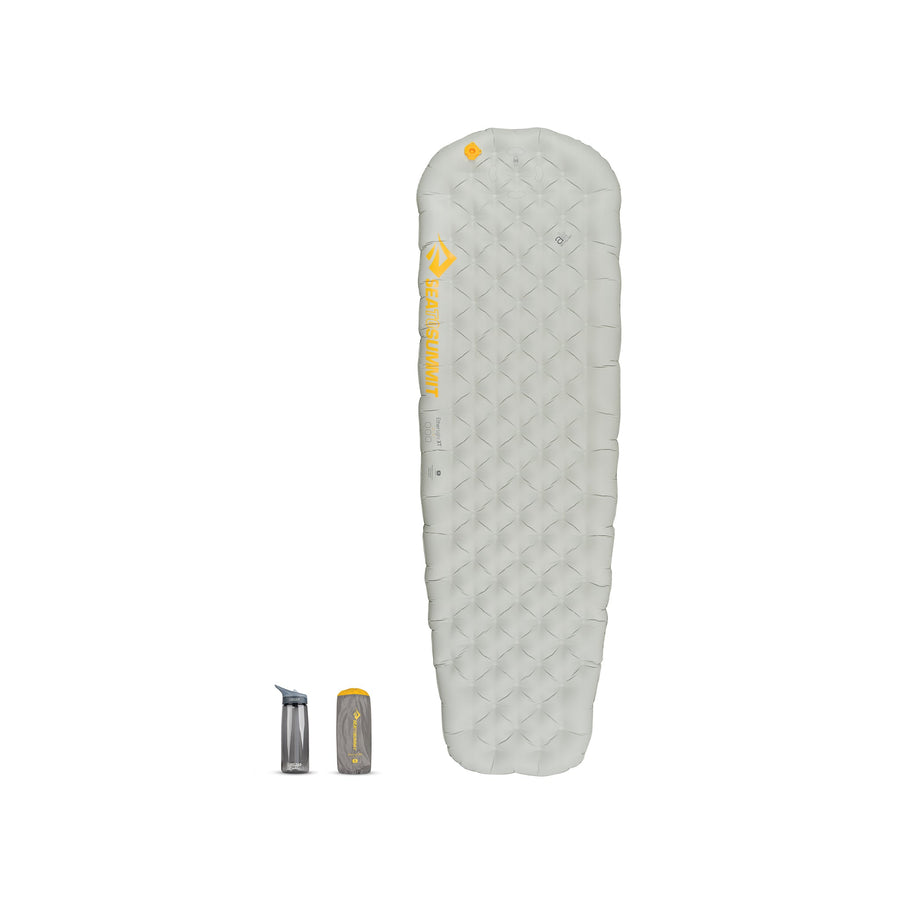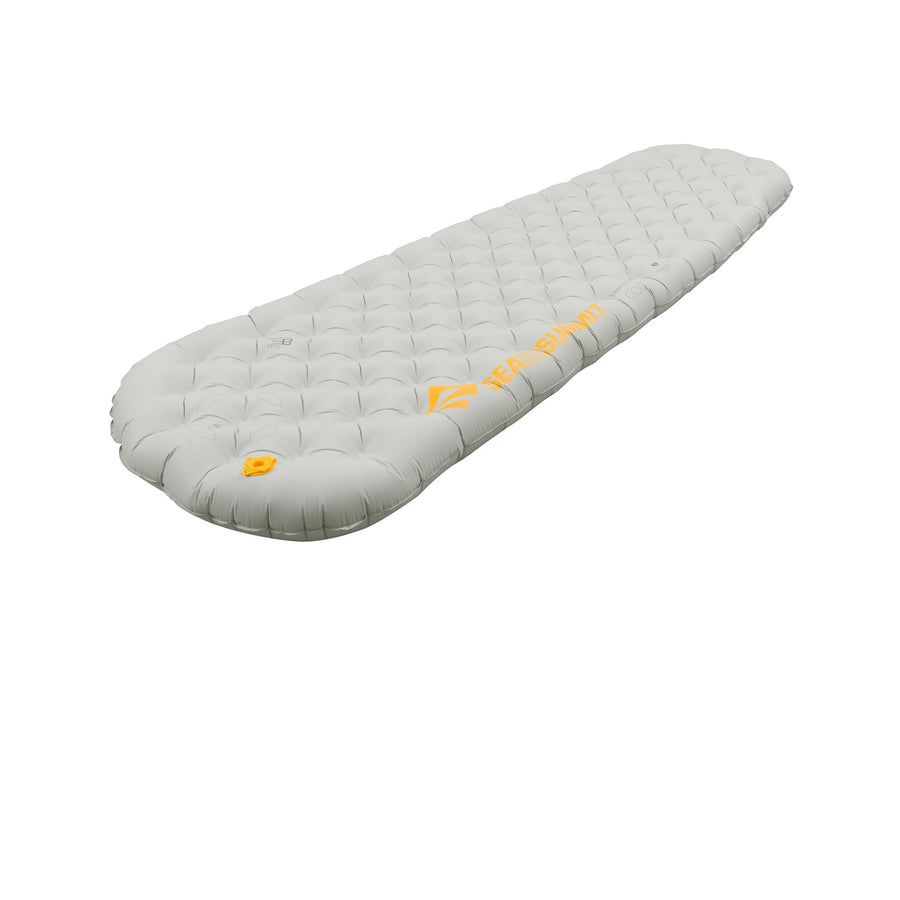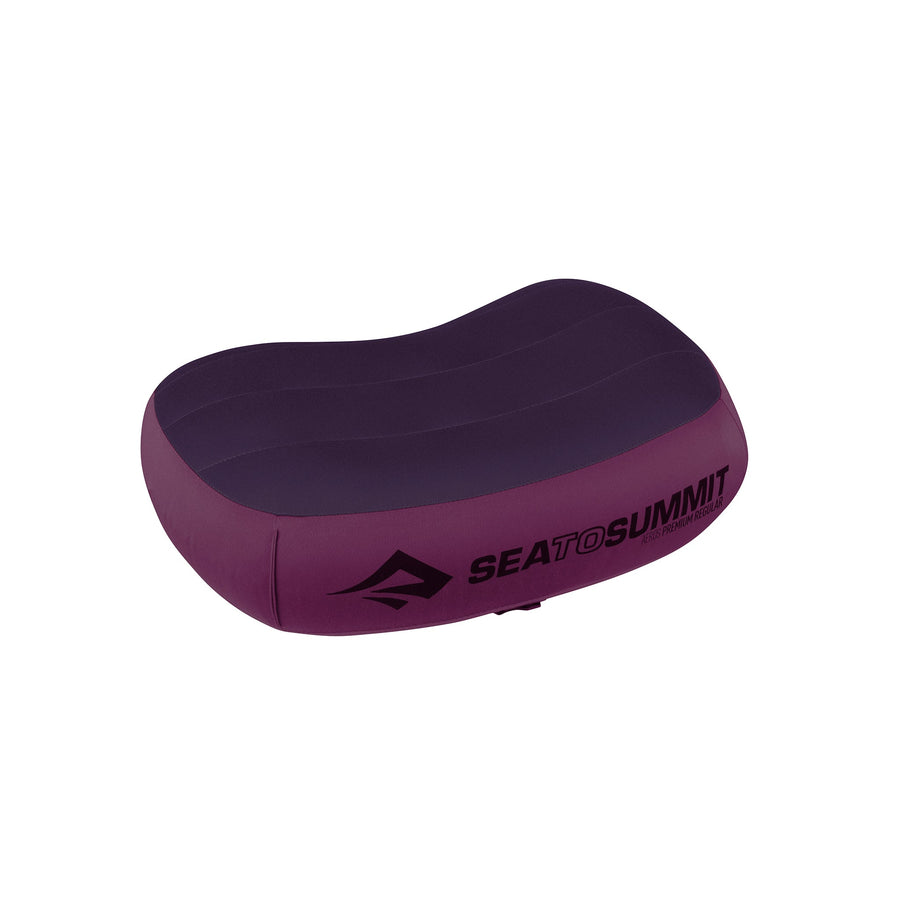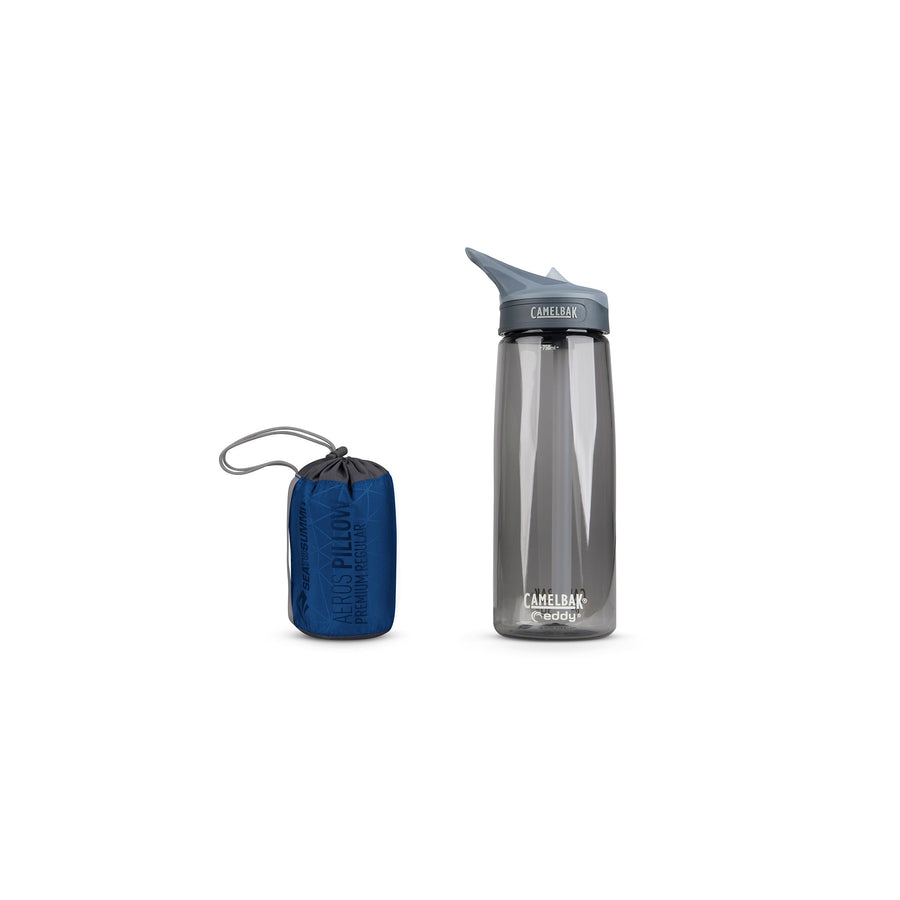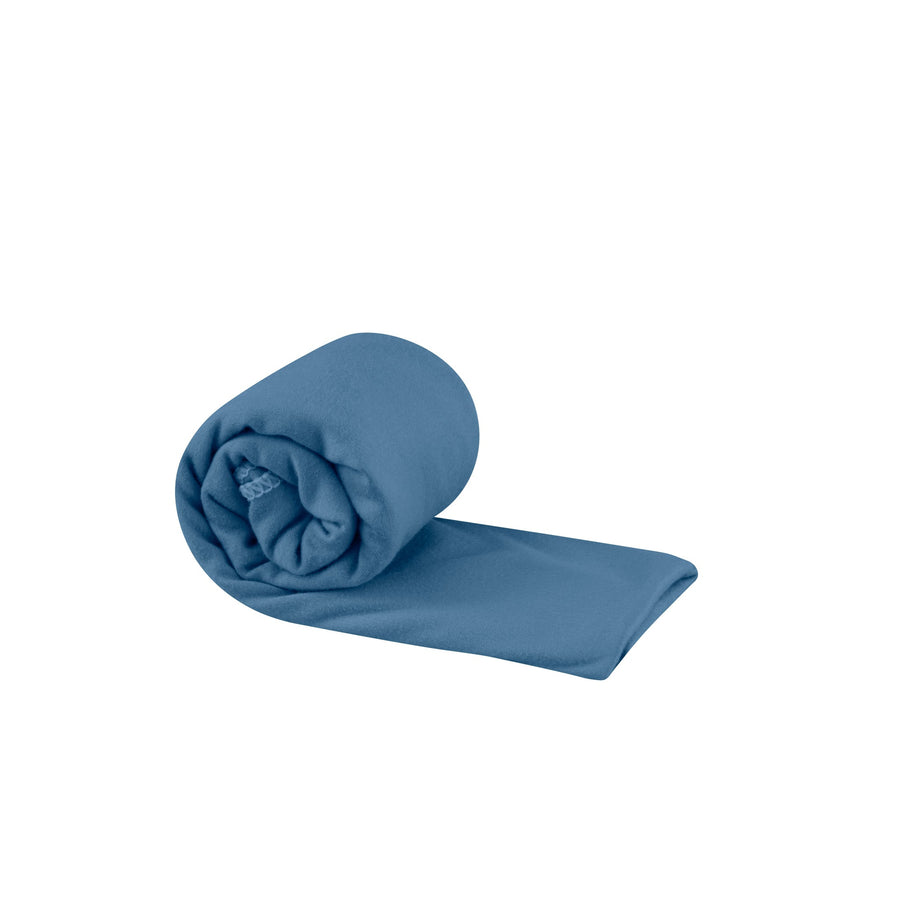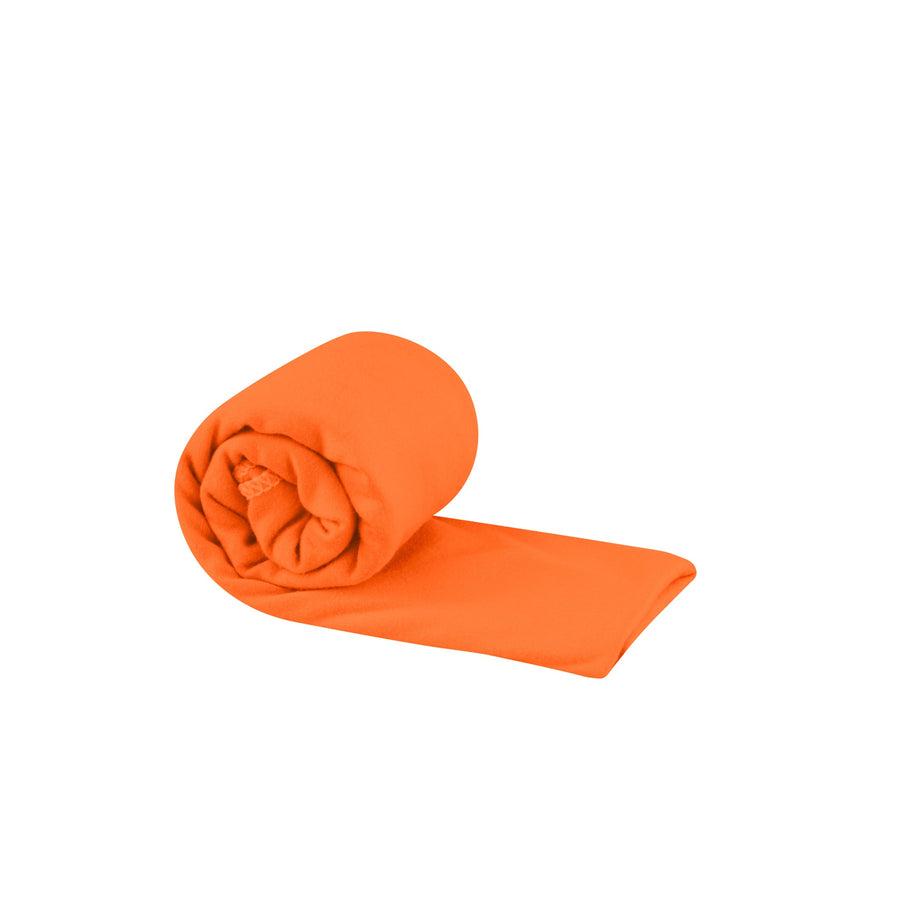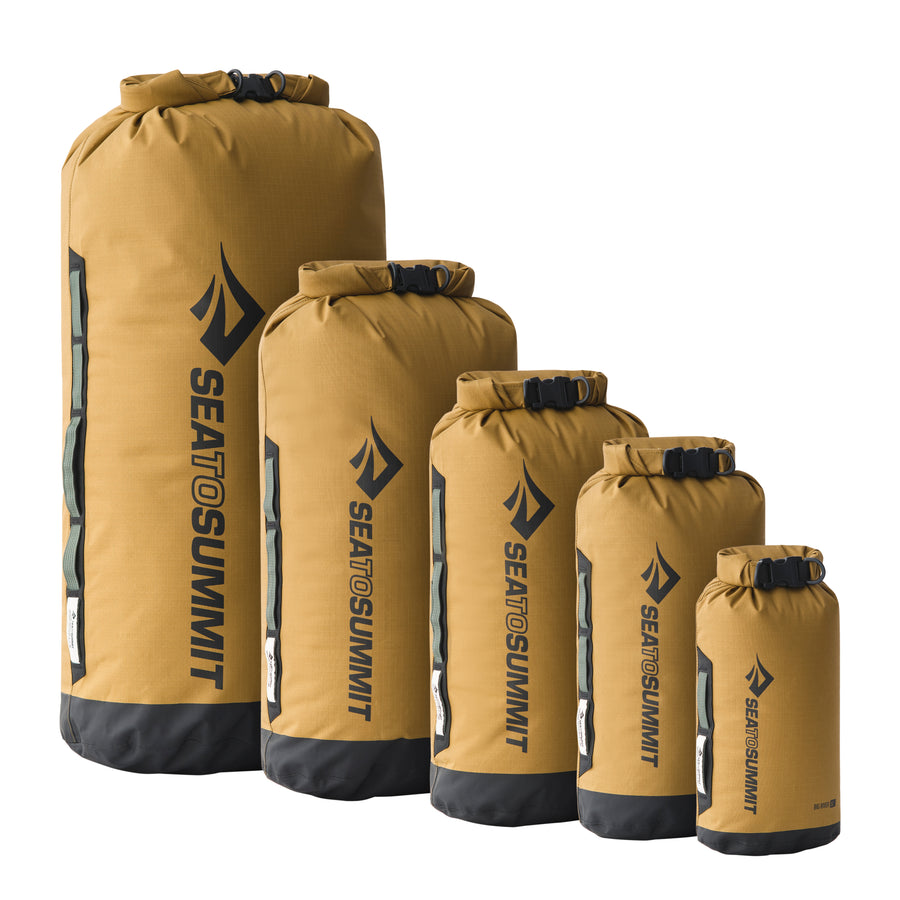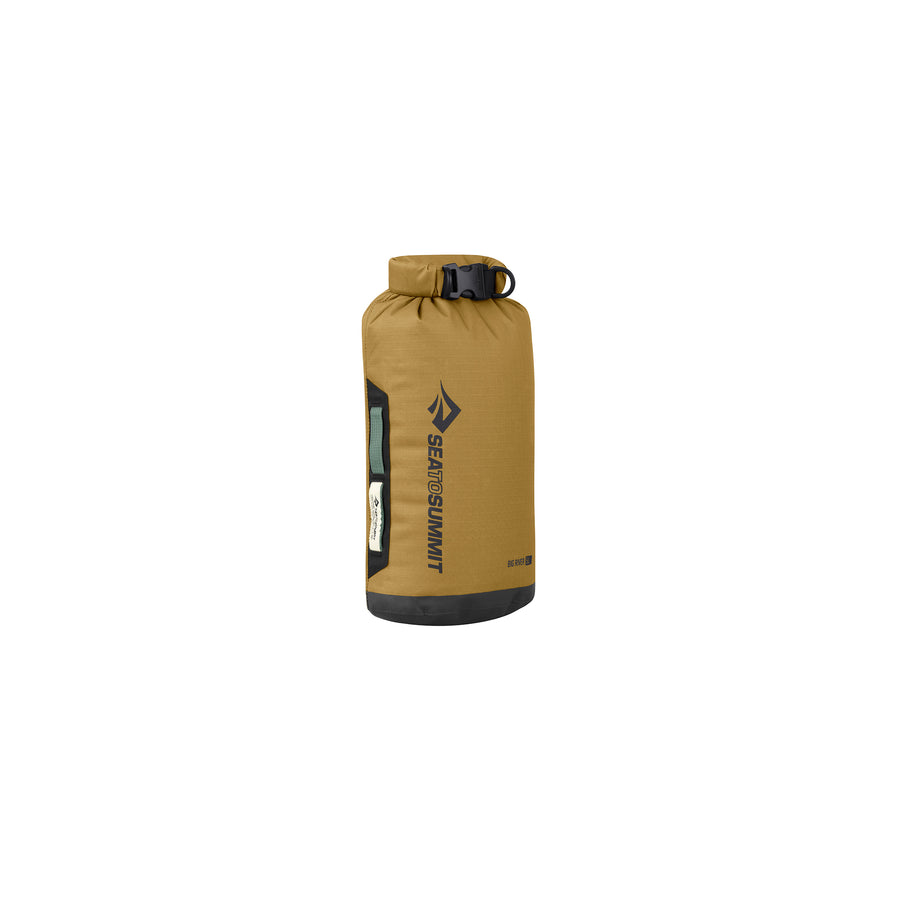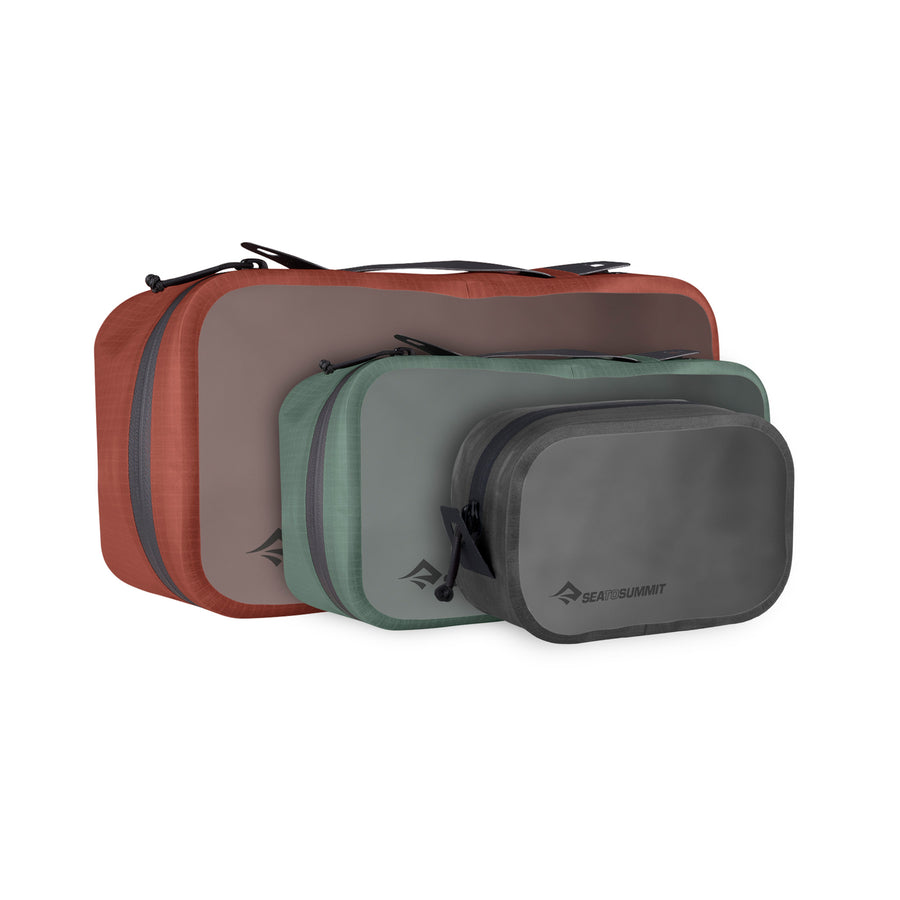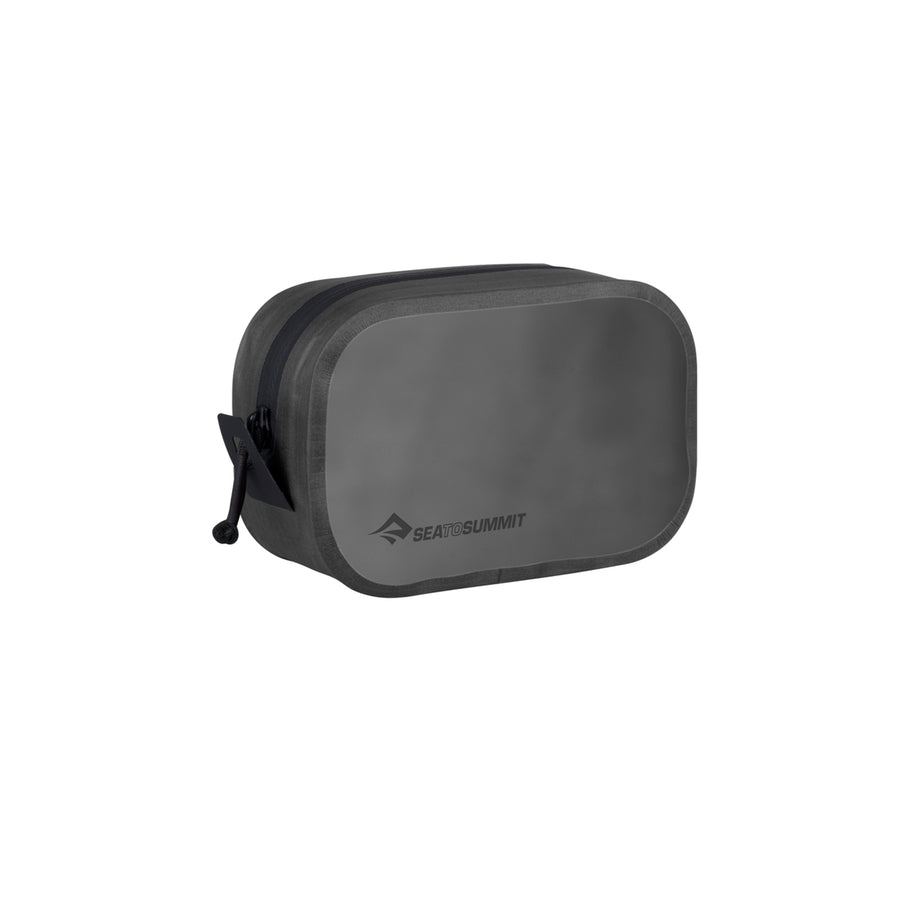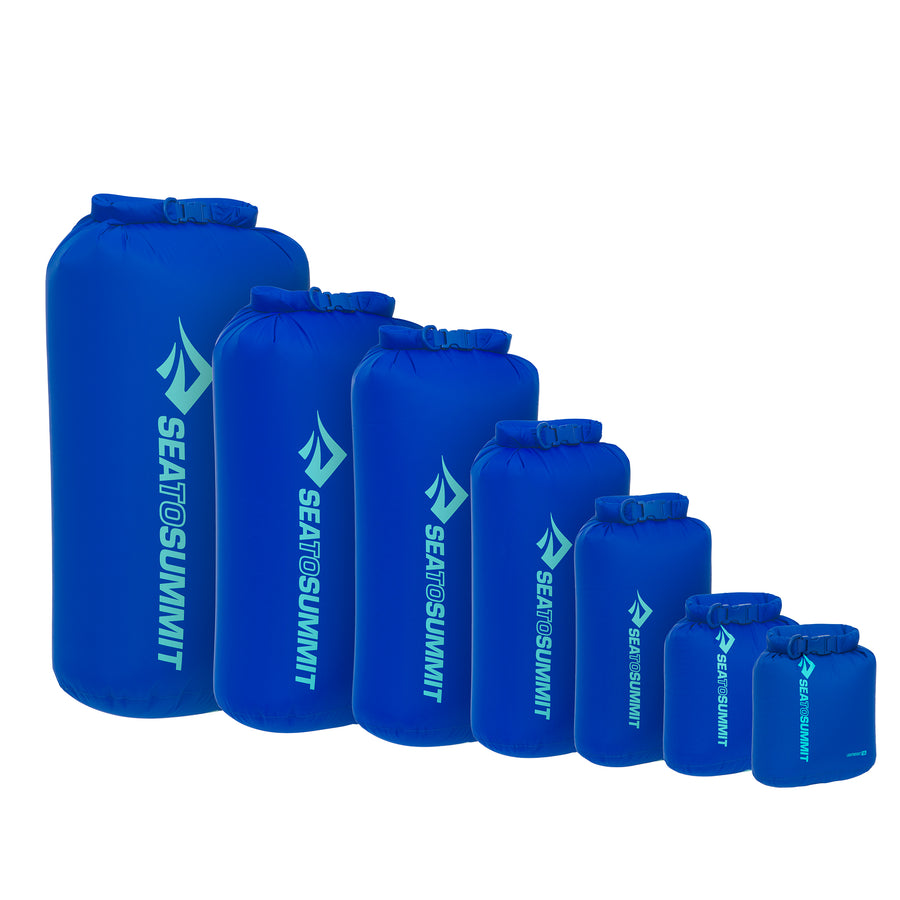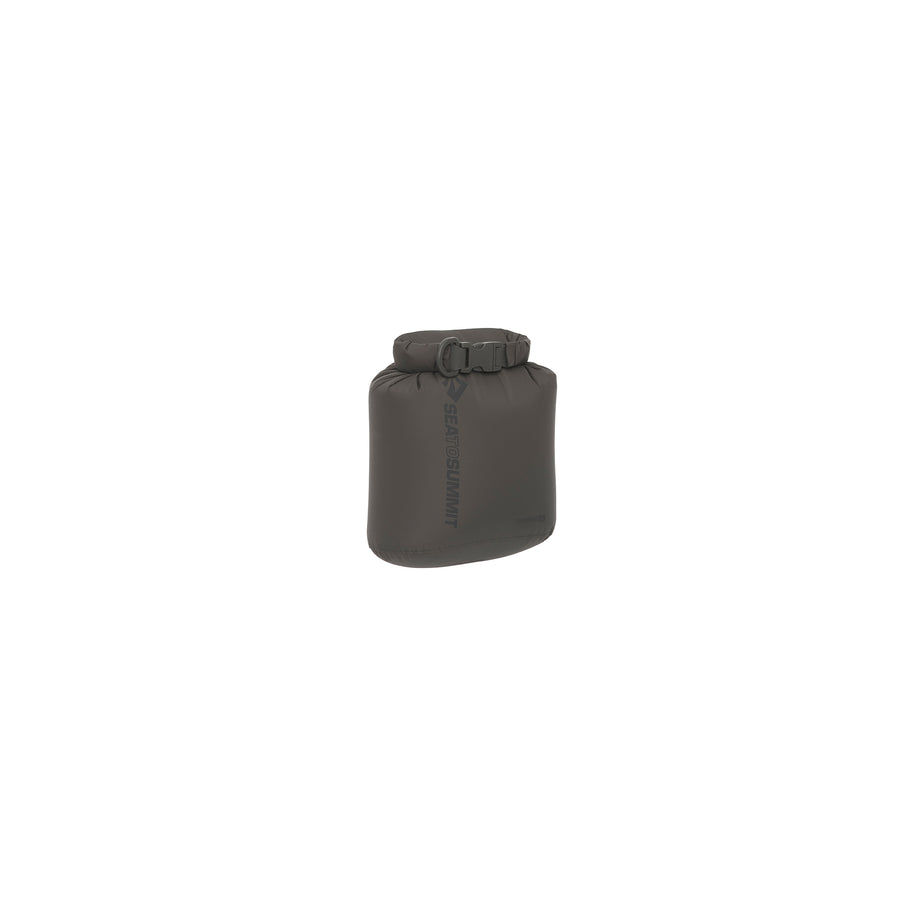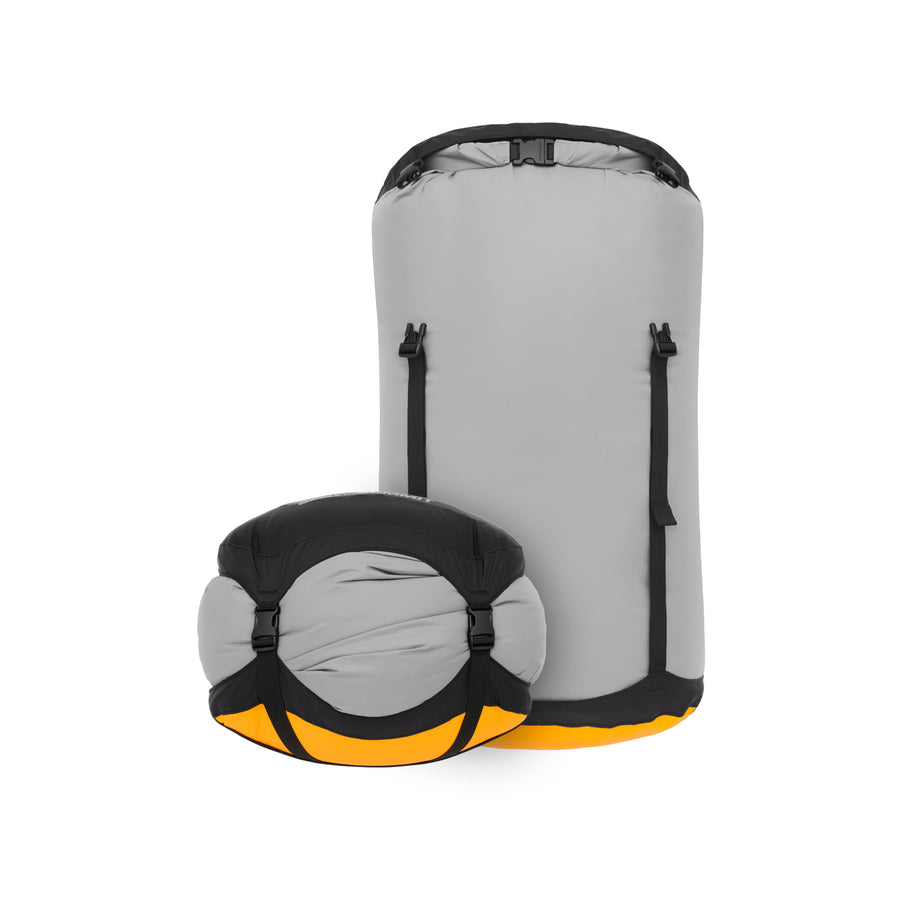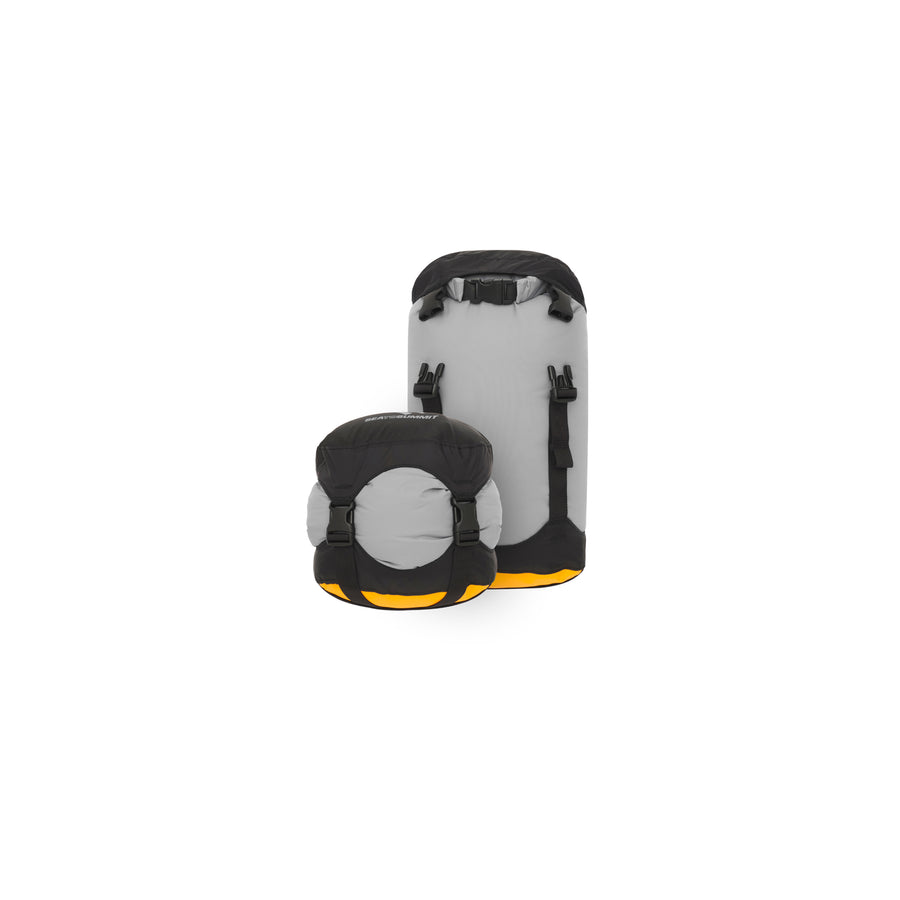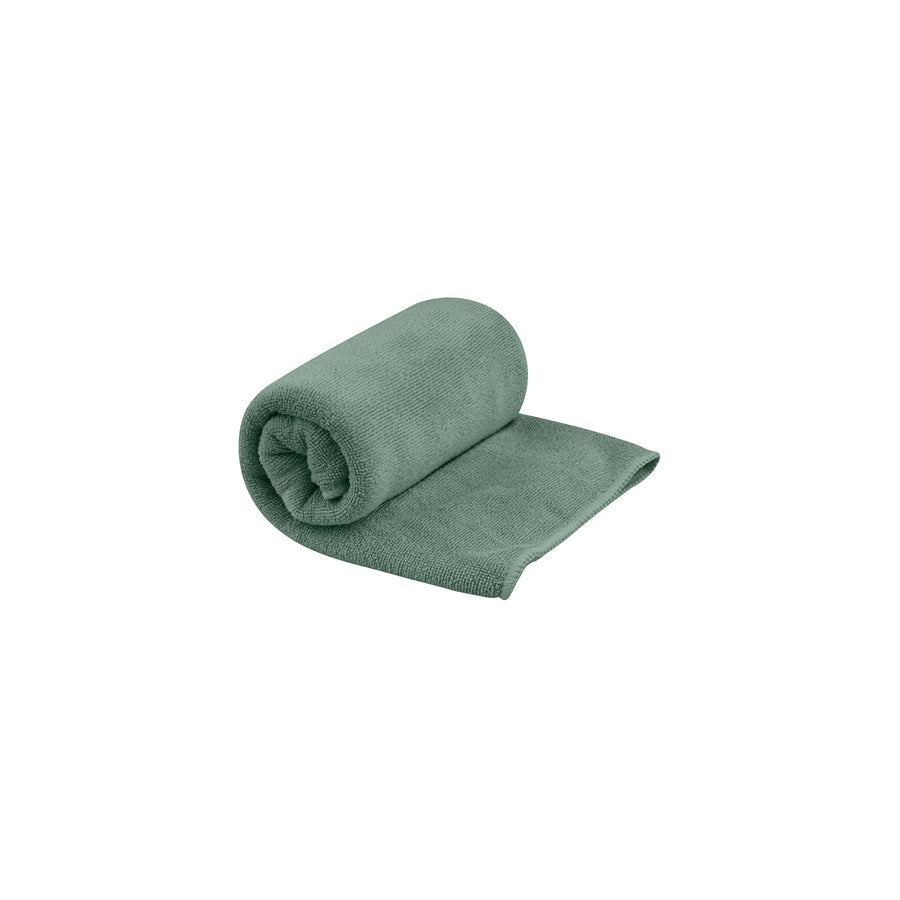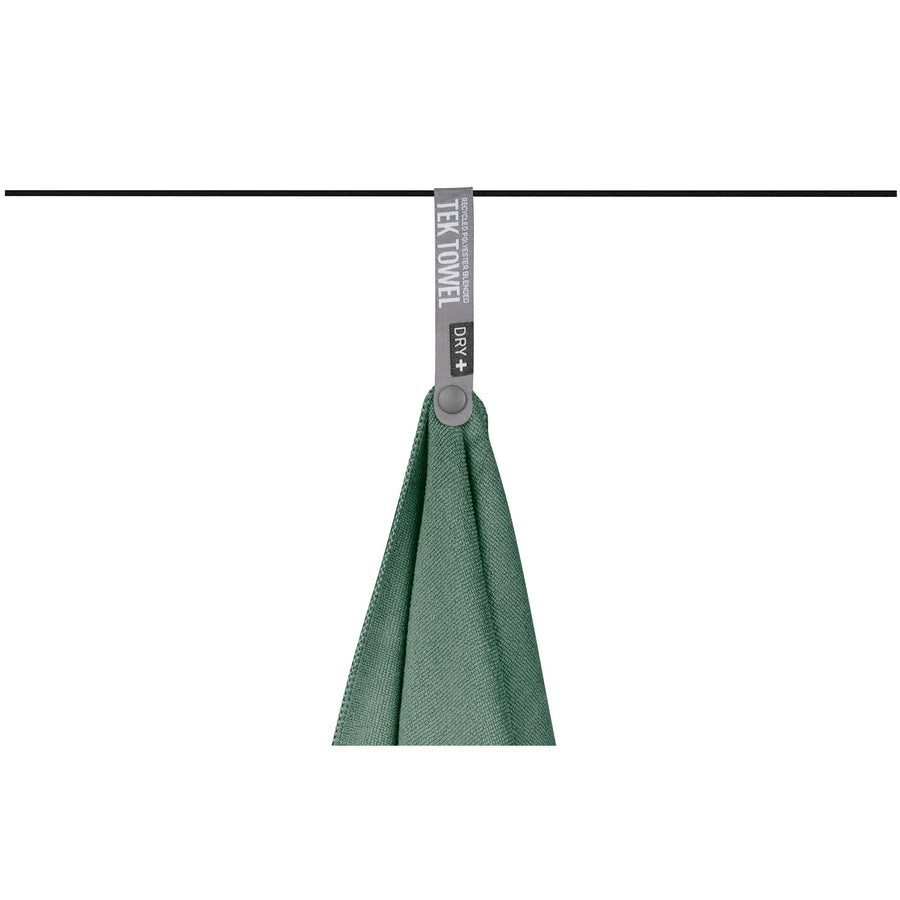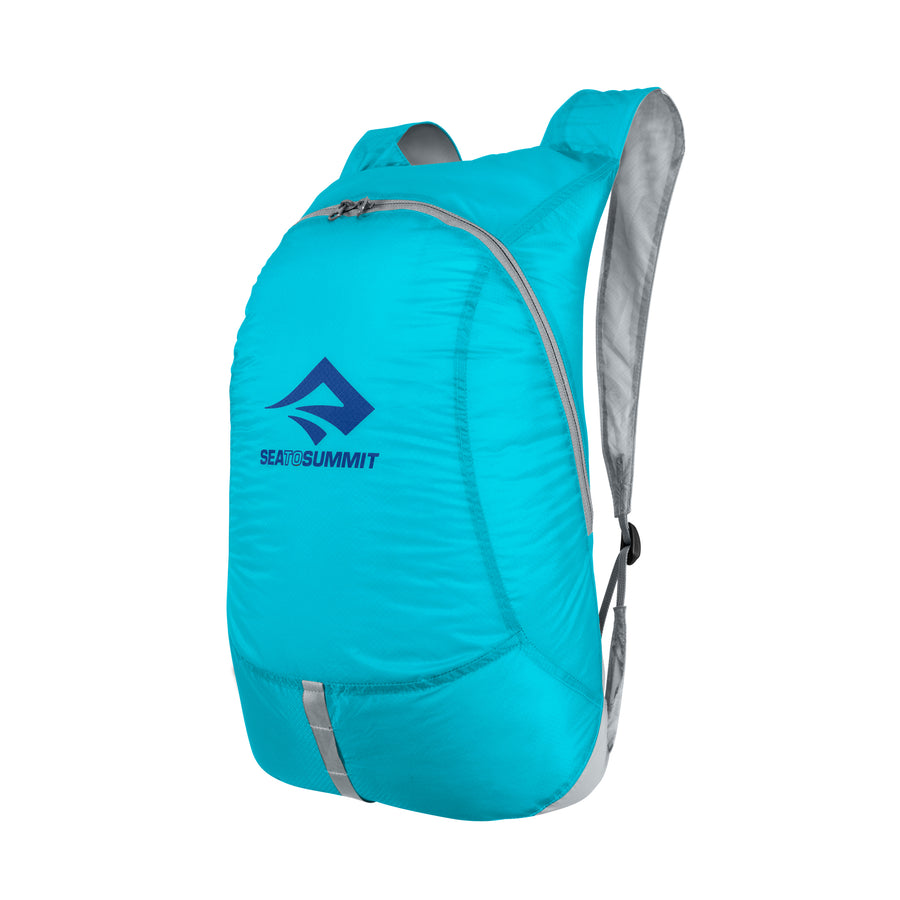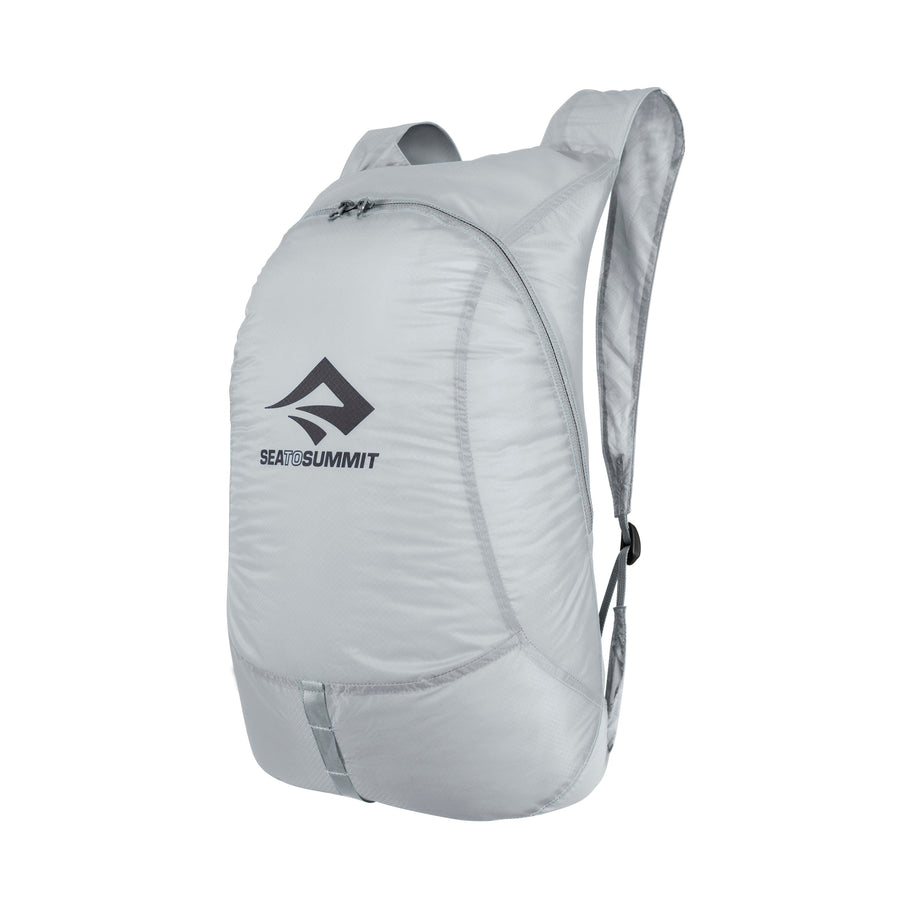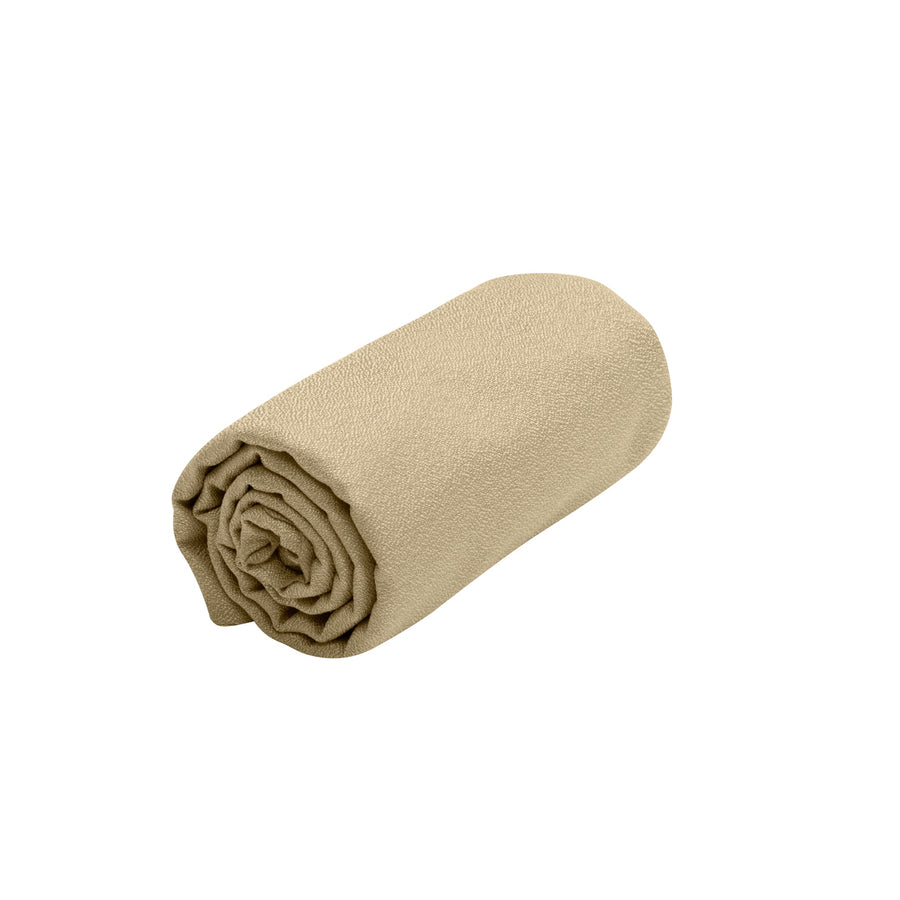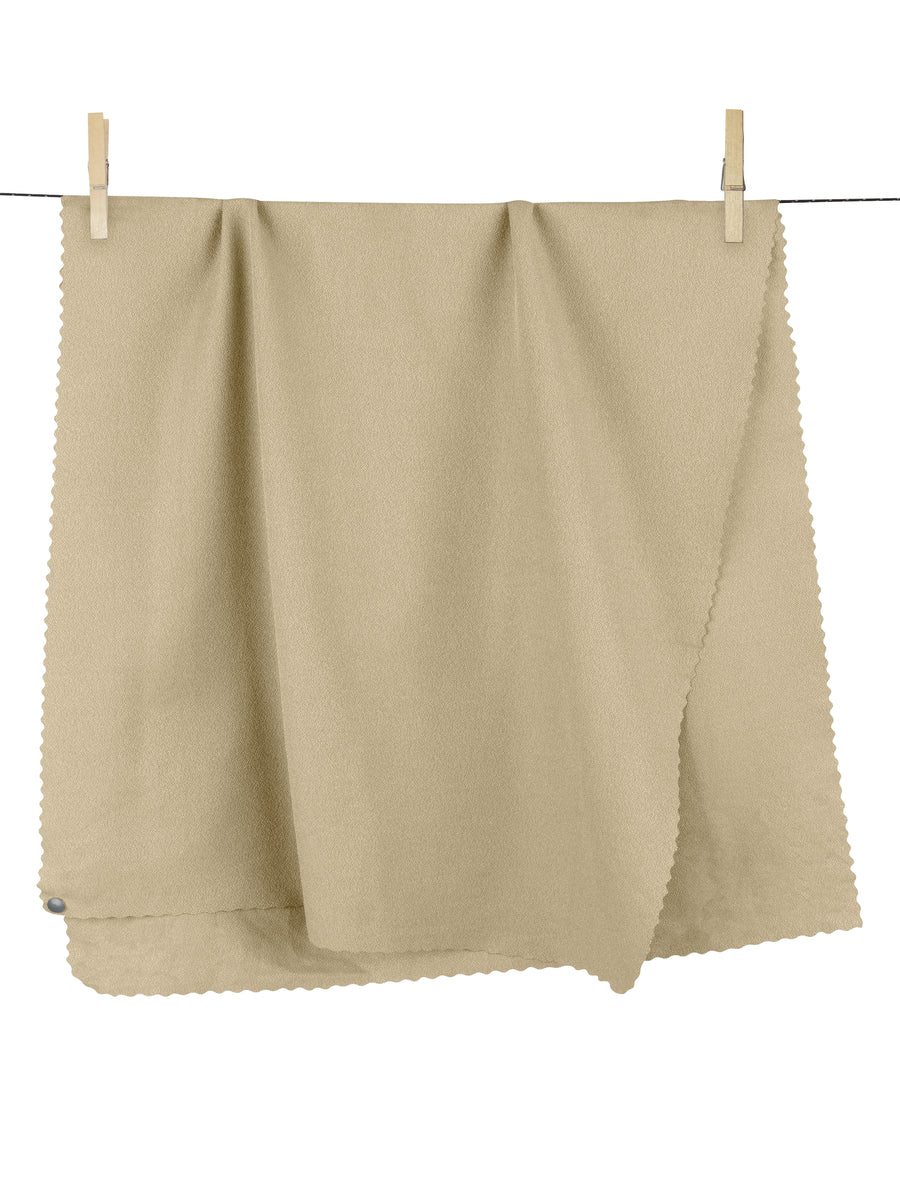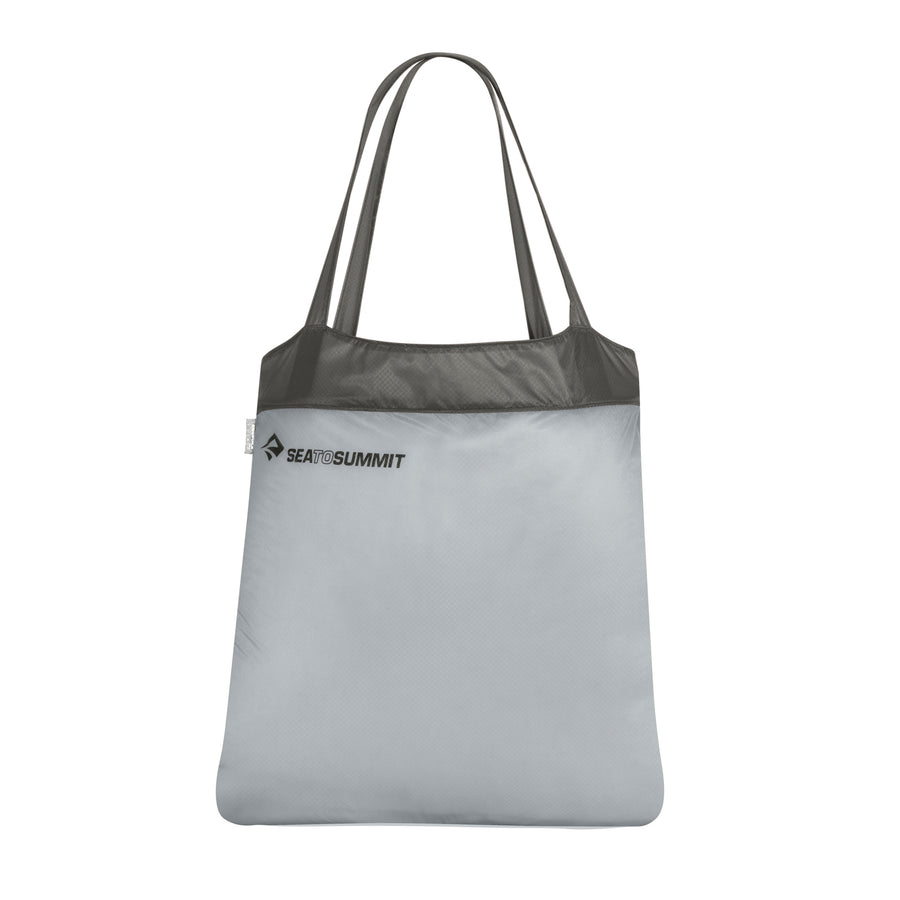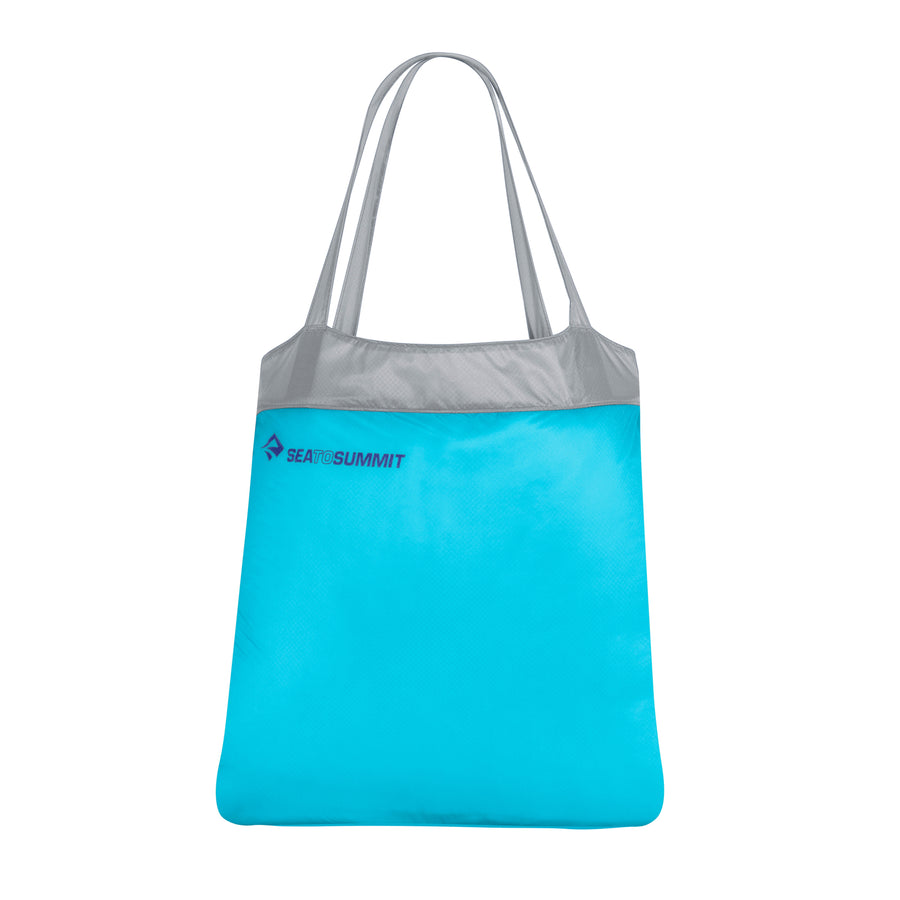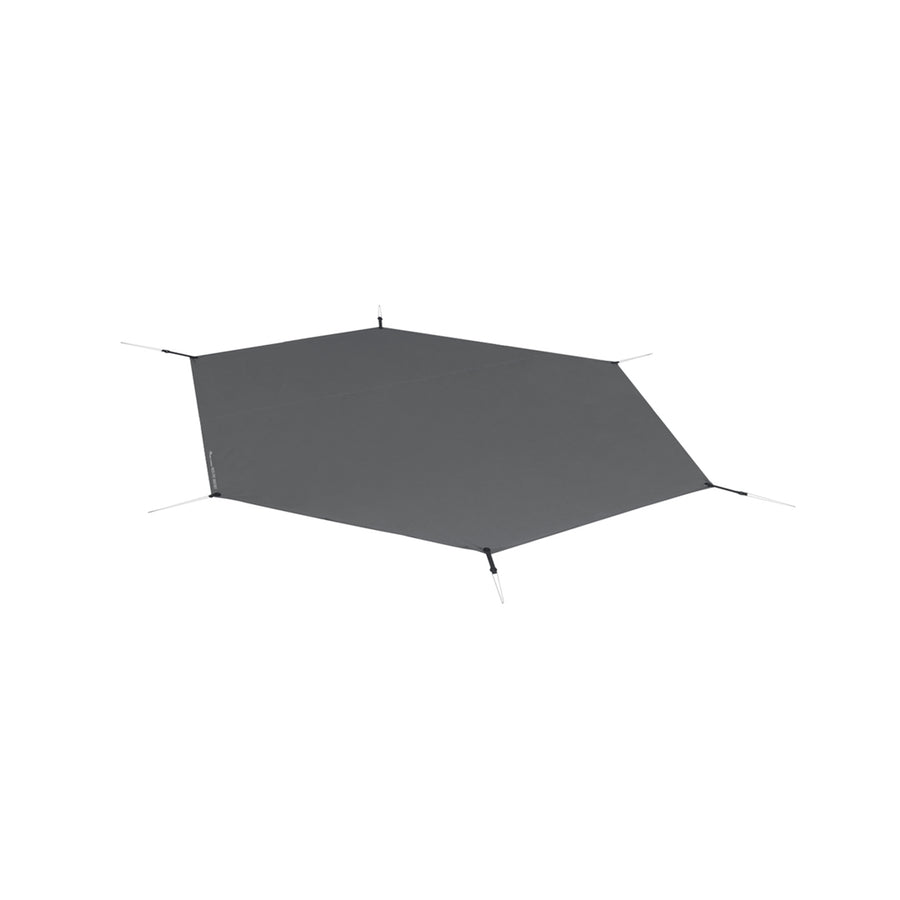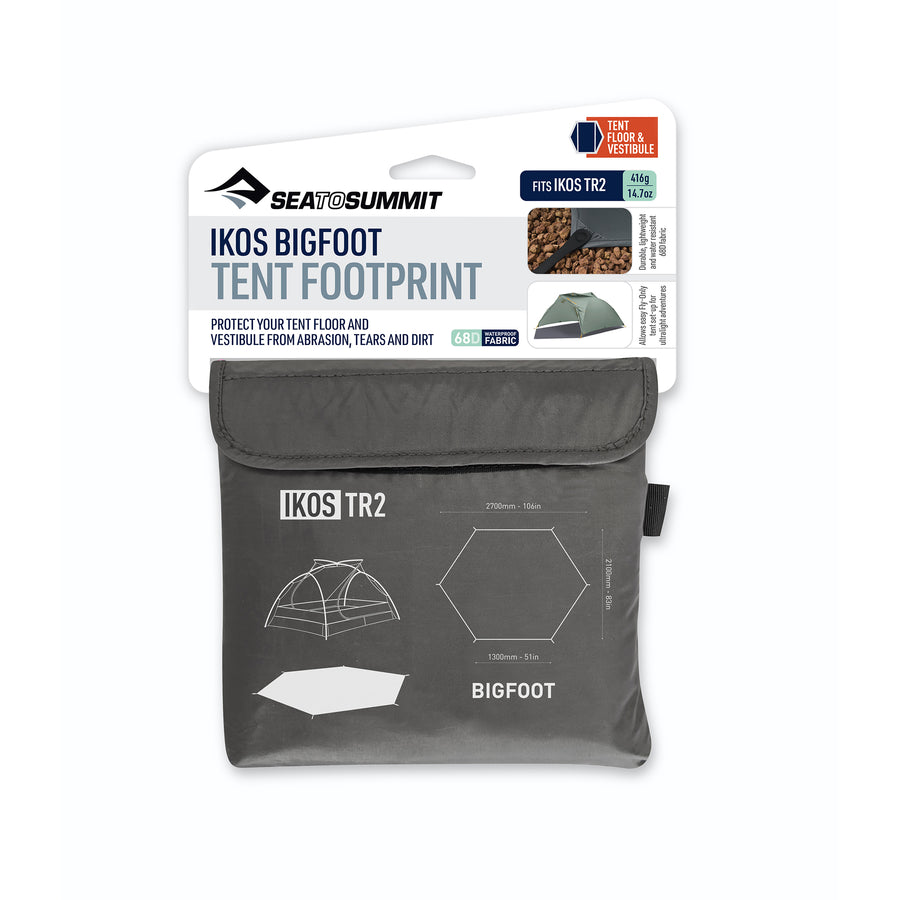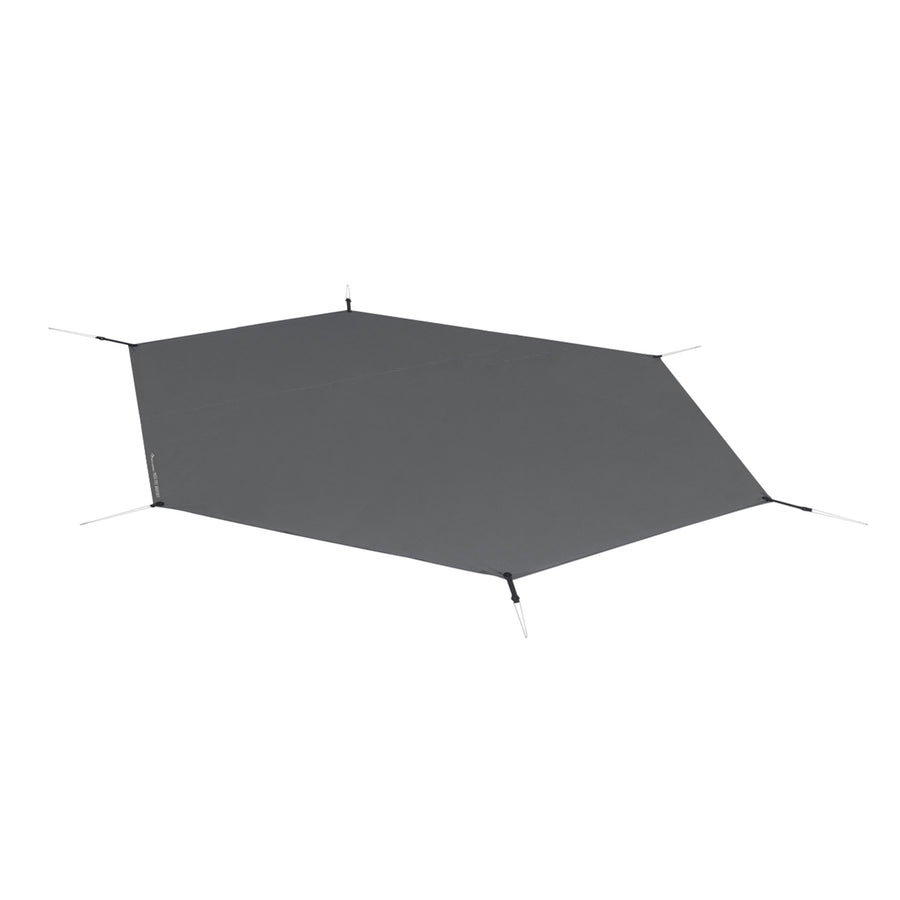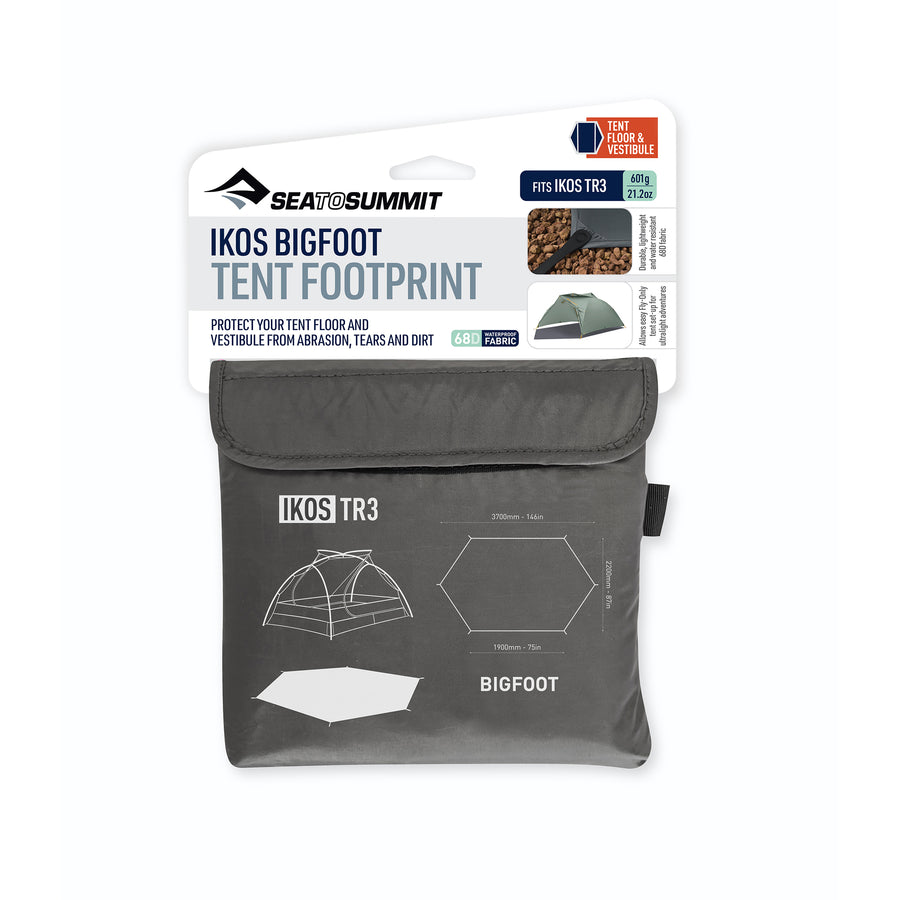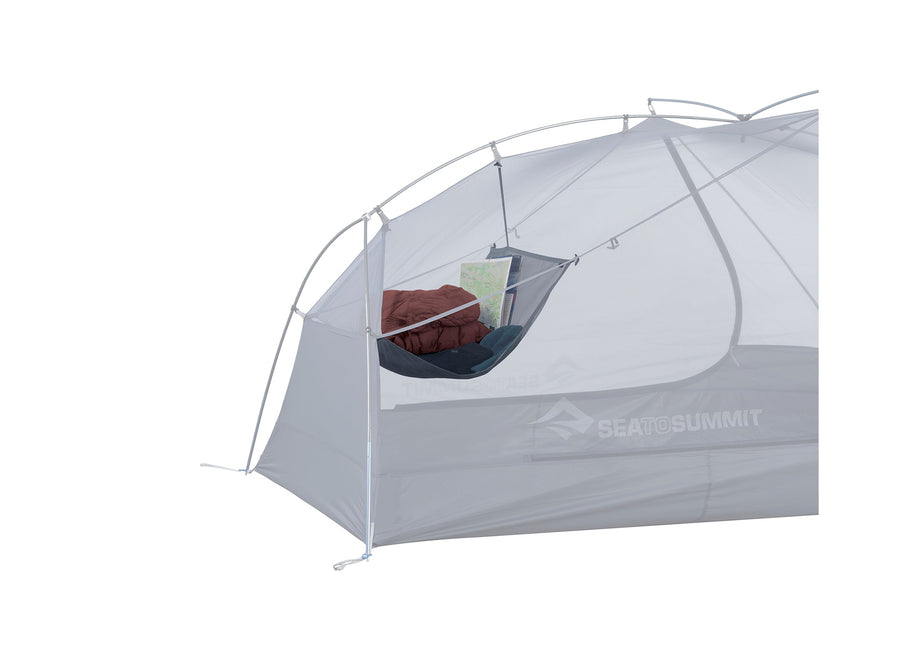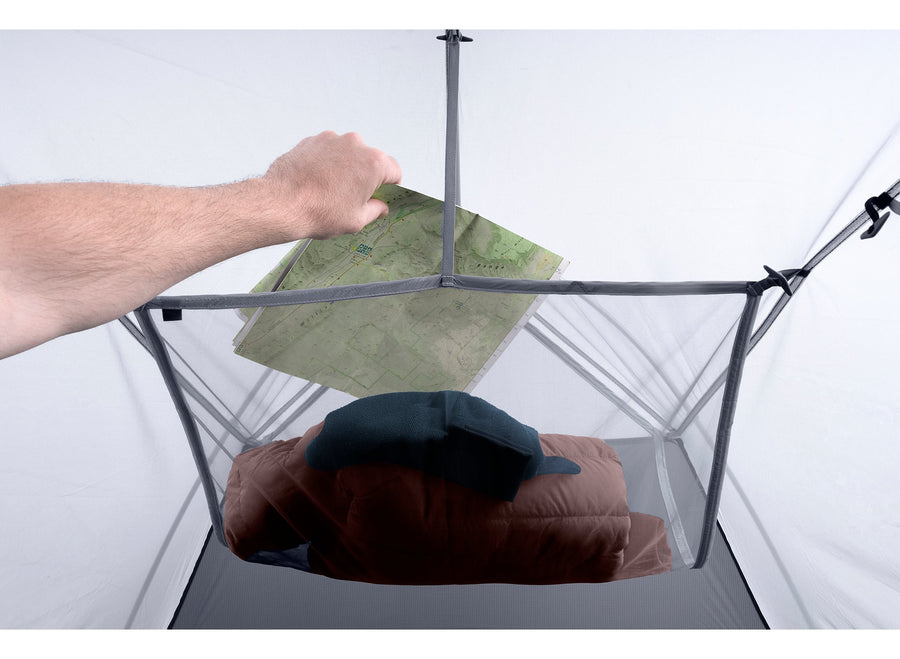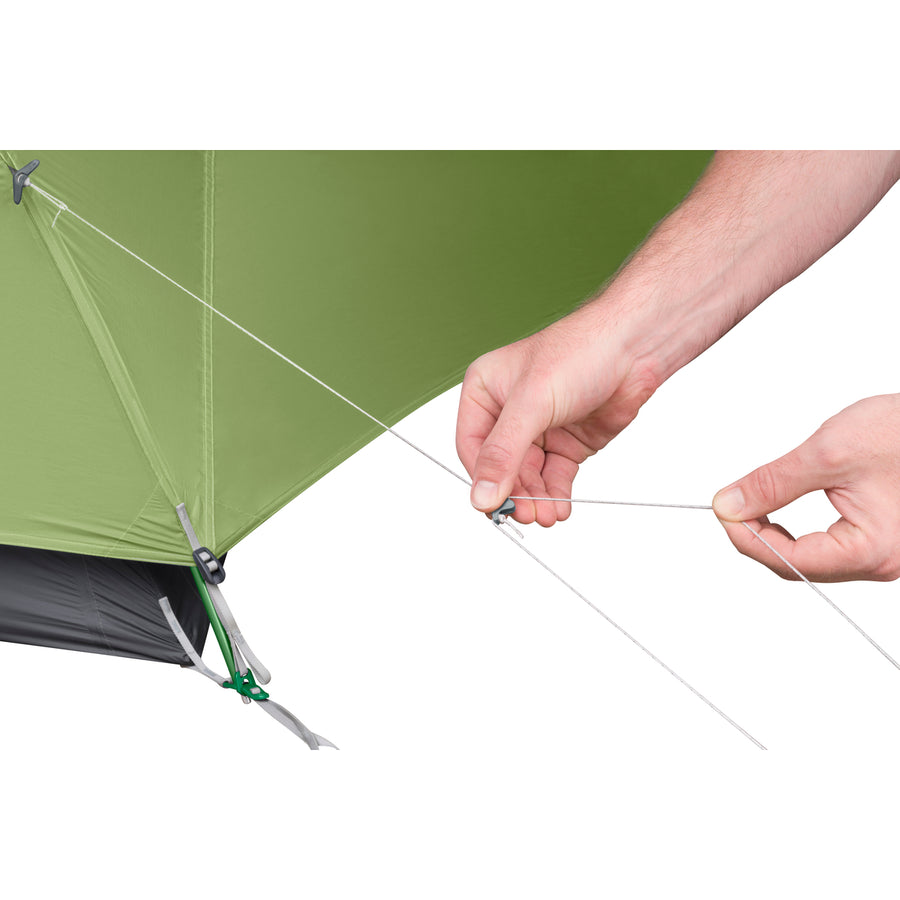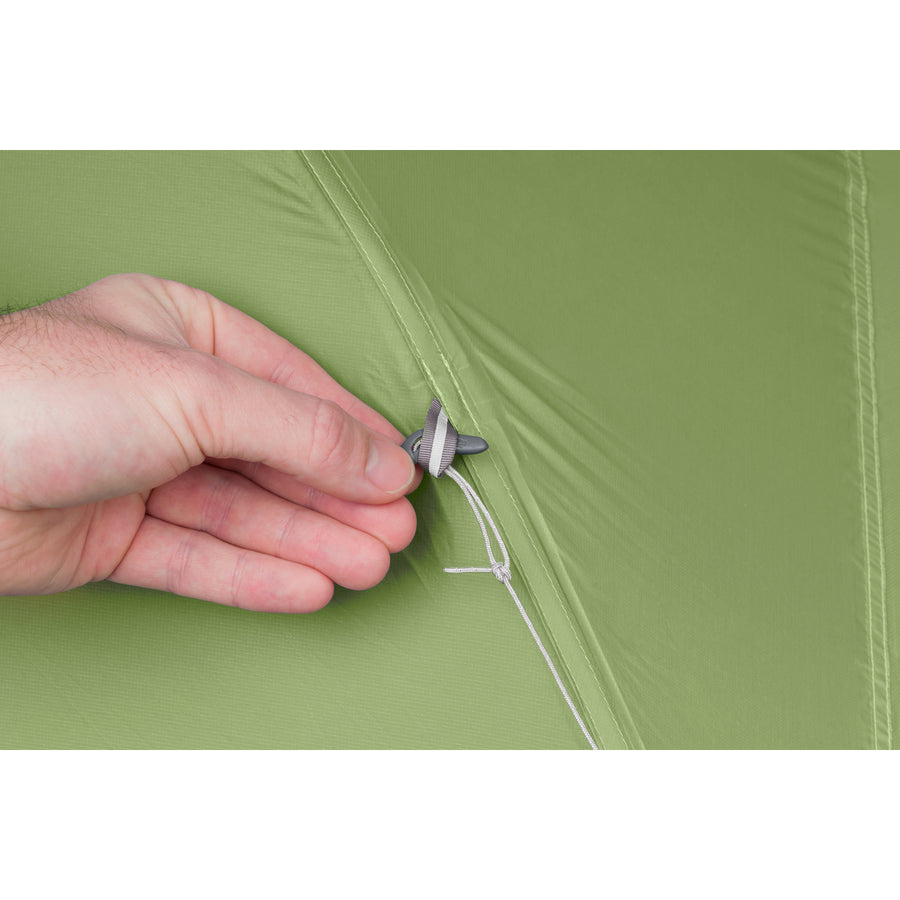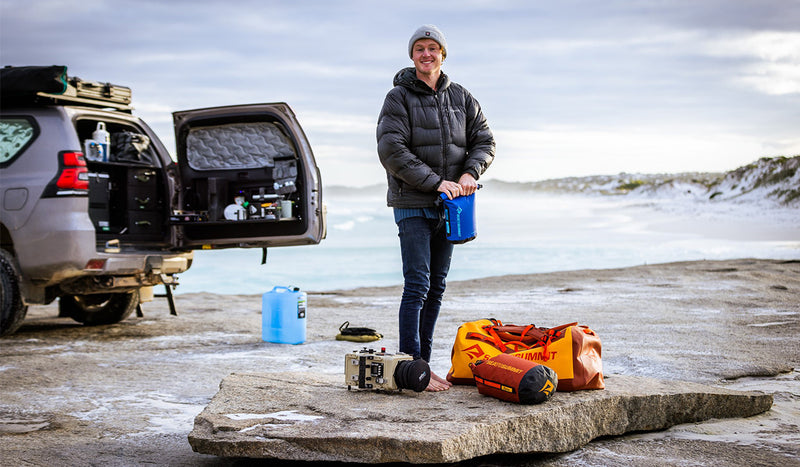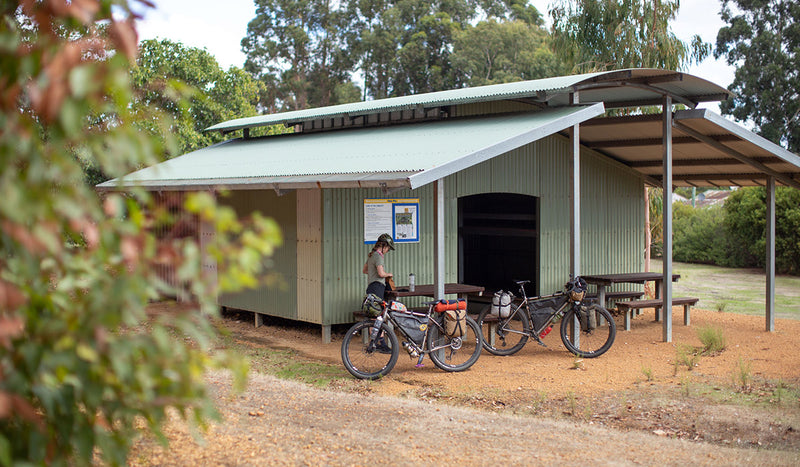How three women are tackling climate change in the wilds of Patagonia

The wild and remote Southern Patagonian Ice Field are the largest—and most unexplored regions—in the southern hemisphere outside of Antarctica. For many adventurers, they’re one of the last great unexplored frontiers.
They’re also melting into the ocean at some of the highest rates on the planet.
To shed light on what is happening in this area and surrounding coastal communities, Gabby Degagne, Marian Krogh (Maz) and Steph Jones—from the all-women’s adventure group Seeking Balance, Finding Adventure—will travel through this vastly unexplored region on a human-powered ski and sea kayak expedition. On their way, they will act as citizen scientists, capturing stories, photos and data for the IceKing project.
THE MISSION
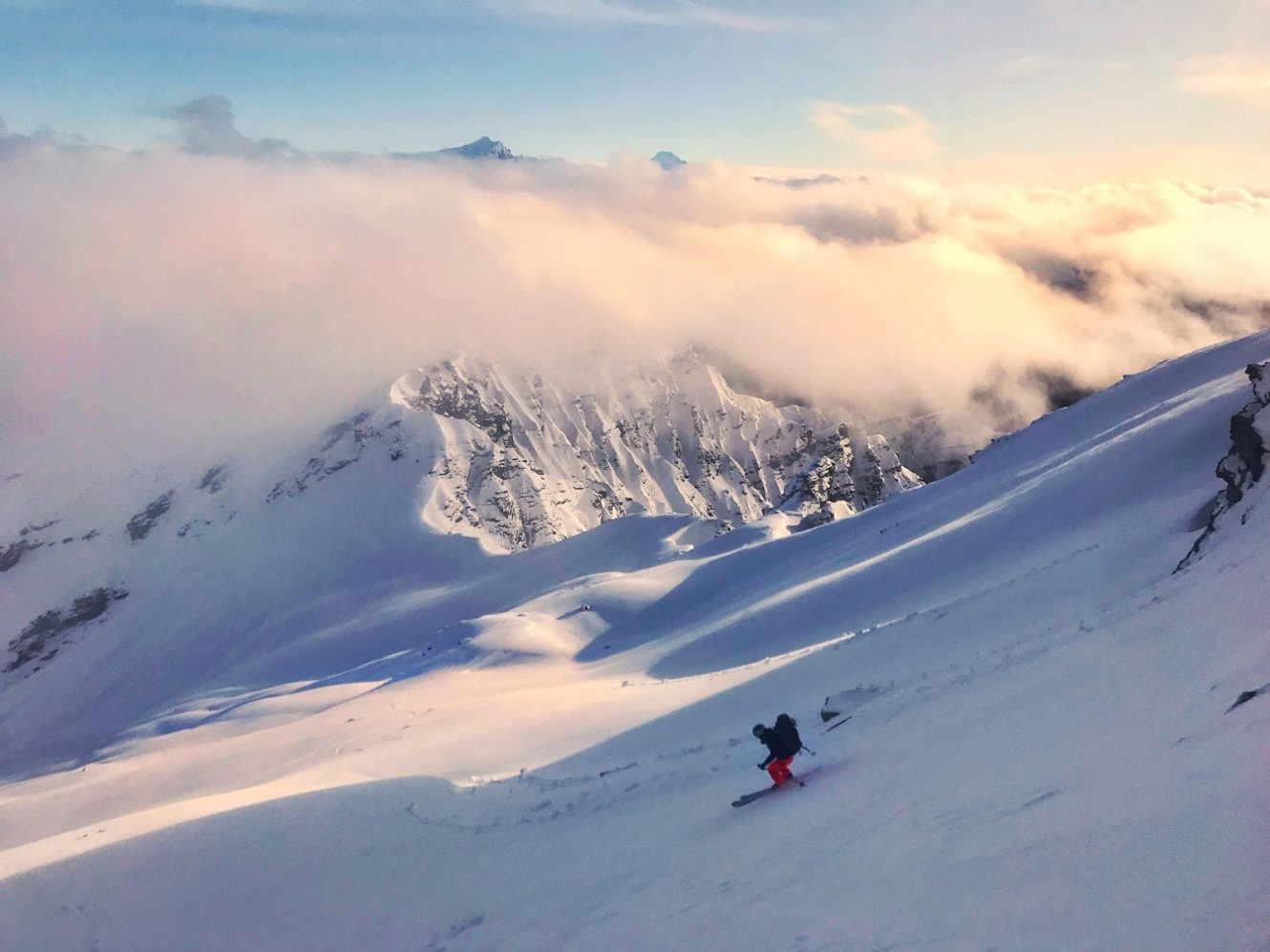
- Promote human-powered exploration and multi-modal transport to access remote mountain areas.
- Raising awareness of the urgent need to take climate action by demonstrating how climate change is impacting important mountain landscapes and communities around the world.
- Encourage women to adventure in the outdoors—to push themselves in any way, big or small.
TRIP RUNDOWN

From September 15–October 21 — The best time for snow stability and slightly more favourable weather conditions.
- The journey begins in the nearby fishing village of Tortel, where the team will interview local residents to gather stories of how a changing climate is impacting their livelihood.
- Using sea kayaks to travel by ‘fair means’, the expedition will then move 100km to the glacier. This should take four days of 25km a day.
- The team will trade in their kayaks for skis once they’ve hit the glacier, aiming for first ascents and descents in the area. During this time (around two weeks) they will assist the IceKing project by collecting valuable data and photos to scientists studying the glaciers.
- The three women crew will share their stories or climate change and human-powered adventure when they return to their own mountain communities.
THE DREAM TEAM

Trade: I work in the outdoor industry both guiding and instructing—providing safe access to remote environments around the world whilst educating people about the preservation of wild places.
What I do outside: I spend as much time outdoors as possible, exploring and adventuring by ski, kayak, bike and foot. I surf, mountain bike, climb, run and I draw, paint and photograph wild places. My ideal weekend would be spent in a backcountry hut with good company, good food and no cell phone reception.
Skills: I’ve spent the past decade gaining qualifications in skiing, wilderness medicine, kayaking, search and rescue, avalanche management, climbing, and backcountry travel. I’m currently working towards my NZMGA Ski Guide Qualifications.

Trade: I work as both a physiotherapist and ski instructor, squishing in as many days of skiing as possible during and in-between winter seasons.
What I do outside: Skiing, running, biking, swimming, kayaking.
Skills: I have some handy skills and knowledge in health, medicine and physical fitness. I’m also an internationally certified ski, snowboard instructor, writer and public speaker.

Trade: Ski patroller, working towards mountain guiding certifications
What I do outside: Kayaks, climbing, mountain biking, hiking, mountaineering, ice climbing and sailing.
There is something special going out with a group of all women. In my experience, there is much less ego mixing around the group dynamic.
Skills: Over the last few years I’ve been working towards gaining a few outdoor qualifications. I’ve completed my wilderness EMT, AAIRE Avalanche Safety Level 2, and am doing further training on rock, water and ice. Through an expedition with NOLS in Alaska I sharpened my sea kayaking, mountaineering and glacier travel skills. I’ve been building up my mountaineering skill set with expeditions to Peru and the Himalayas. Working as a ski patroller allowed me to put many of these skills to good use.
Q&A

What made you choose this expedition?
Gabby:
The past 10 years, I have spent time working in remote communities throughout Asia. As I return to these communities year after year I have seen firsthand how beautiful landscapes are being destroyed by human impact. I also see how the locals who are dependent on this land are affected. This has changed how I view my own impact on the planet and has inspired me to make changes in my day-to-day life such as eating a mostly plant-based diet, advocating for changes in my workplace and being more politically active.
In 2010 I lived in Patagonia but did not have the skillset to explore it the way I wanted to, I was inspired to get better at climbing, skiing and kayaking so I could one day come back. This expedition is an opportunity for us to travel to a very remote area by human power (kayak and ski) and explore how climate change is affecting this part of the world.
The Southern Patagonia Ice field is the largest in the Southern hemisphere outside of Antarctica and the third largest in the world. They’re melting at some of the highest rates on the planet.
As outdoor athletes, it really is our duty to communicate the climate crisis and increase awareness.
This May, a 208 square kilometre piece of ice split off the main Southern Patagonian Ice field. According to Chilean glaciologist, fractures like this are likely to happen as the climate warms. Glaciers of the northern and southern icefields are studied to predict what might occur over the next ten years in other glaciated, regions, such as the Antarctic Peninsula and the Canadian Arctic, which are experiencing some of the most rapid warming on the planet. Glaciers all over the world are melting and retreating rapidly but the Jorge Montt glacier, one of the glaciers we plan on visiting, has retreated 13 kilometers between 1984 and 2014.
Why did you want an all-female team?

Steph:
I’ve been on expeditions with all women, all men and mixed—but there is something special going out with a group of all women. In my experience, there is much less ego mixing around the group dynamic. Women have an ability to see the group’s needs as a whole—rather than just thinking about their own journey.
I find the human factor and communication has a different dynamic with an all-female team.
Gabby:
I love that our expedition is all female. We have a great balance between encouraging and supporting one another and pushing each other to reach our full potential. I find the human factor and communication has a different dynamic with an all-female team. With an expedition of this magnitude we need really clear communication and decision making. We want to enjoy the journey and exploratory element of this expedition as much as we want to reach summits.
How did your team and project come to fruition?

Gabby:
In 2016 Steph and Maz participated in an all-female ski mountaineering course with other adventurous female skiers. The female guide on this trip inspired them to get out and do bigger ski adventures. Shortly after, Maz and I met and on a casual paddle across Lake Wanaka in the rain, and discovered we had a mutual love for adventure, type-two fun and conservation.
Several soggy hours later, Seeking Balance Finding Adventure was born and a ski expedition to Kyrgyzstan started to unfold. In 2018, we completed the Kyrgyzstan Ski Expedition and started plotting a multi-sport adventure to Patagonia to explore the effects of climate change. Without much hesitation Steph expressed her interest in joining Maz and I in Patagonia. We’ve now bonded over countless hours plotting on Google Earth, late night phone calls (often from three different countries), early morning training sessions and many ski and kayak (mis) adventures.
How are you involved in climate change research and awareness?

Maz:
I’ve been taking a greater interest in climate action over the past few years working in Aspen. Aspen Snowmass is a very environmentally focused company to work for, and the greater town and region is very progressive. Taking individual and collective climate action, and being politically active, is almost expected there—and the company and people are very vocal. I’ve witnessed this cultural shift in the outdoor sports industry and community there, which has been largely due to the great work that Protect Our Winters (POW) does. I wanted to take POW to New Zealand and to inspire some change here too.
We’re getting really excited… we’re also getting a little worried about being strong and fit enough to carry it out.
Steph:
As outdoor athletes, it really is our duty to communicate the climate crisis and increase awareness. We are really privileged to be able to spend so much time in the outdoors and to be able to go to Patagonia on this mission. It’s an important element of our expedition to share how climate change is impacting mountainous areas around the world. We have this platform to help spread awareness—we should be making the most of it.

Gabby:
In order to be an effective climate advocate, we need access to the right information. We need to increase the knowledge base of both climate science and the impacts of climate change.
While on our expedition we’re going to be working with the IceKing project, a citizen-science project that collects photos and data from everyday people exploring. These data and photos are used to communicate how climate change is impacting glacier regions.
Climate change is a huge issue and can often seem too big to tackle. Research shows that when there are images and stories of local climate impacts, they are likely to communicate the climate crisis more powerfully. This is what we’ll be doing in Patagonia.
We’re likely going to have about 10 days while we finalise logistics and permits and wait for a good weather window for kayaking. During this time, we’ll be in the fishing village of Tortel, where we’ll be interviewing locals, asking about and documenting how climate change is impacting them and their mountain community. We’ll be sharing these stories with our own communities when we return.
Steph:
In 2018 I went to Peru on a six-week climbing and mountaineering expedition. It was an amazing experience that was challenging both physically and personally. I was thinking about what kind of expedition I could follow this up with (one that potentially involved skiing). I had set time aside this August–October to head away somewhere but hadn’t made any concrete plans. Maz knew that I had some sea kayaking experience and asked if I might be interested in joining the Seeking Balance Finding Adventure team. It seemed like a perfect opportunity and I’m really excited to be heading to Patagonia soon.
How are you preparing?

Maz:
We’re getting really excited about our upcoming multisport adventure! We’re also getting a little worried about being strong and fit enough to carry it out.
Our approximate plan is to sea kayak for about four days (about 100km and we’re estimating we might be able to do about 25km/day). Then spend about two weeks ascending and traversing a glacier carrying some outrageously heavy packs, possibly shuttling gear up and down a lot, possibly pulling sleds.

We need to be fit and strong for kayaking so that we can move efficiently without getting injured and so that we can manage challenging conditions. We also need to be able to carry heavy backpacks, ascend steep terrain, spend long days touring, make the most of our time skiing and not get injured.
I’ve been helping us physically prepare and have made up a program that we have been following for the past six weeks. It focuses mostly on kayaking strength, as that’s something we’re not able to practice as much. It’s approximately 60% kayaking, 20% carrying and 20% skiing-focused exercises.
Gabby:
We’ve been working on some group guidelines for communicating in the mountains. Good teamwork and communication are essential for a safe and fun expedition. Every training day or trip that we’ve gone on over the past year we’ve consciously focused on and reviewed our communication both during the trip and afterwards.
Steph:
I’ve also been working on developing a culture of open and honest communication, working with mentors to help me. It’s often something that’s overlooked. We focus so much on developing our technical skills, which are obviously important, but unless you can talk about your decision-making process, your technical skills aren’t very useful. I think that’s something that’s been much easier with an all-female team.
What are some of the challenges you think you’ll face?
Steph:
One of the major challenges we will face when we are on this expedition is the weather. Patagonia is renowned for its extreme wind, rain and endless cloudy days. The fact that Patagonia is so wild and remote was one of the reasons we were attracted to this area.
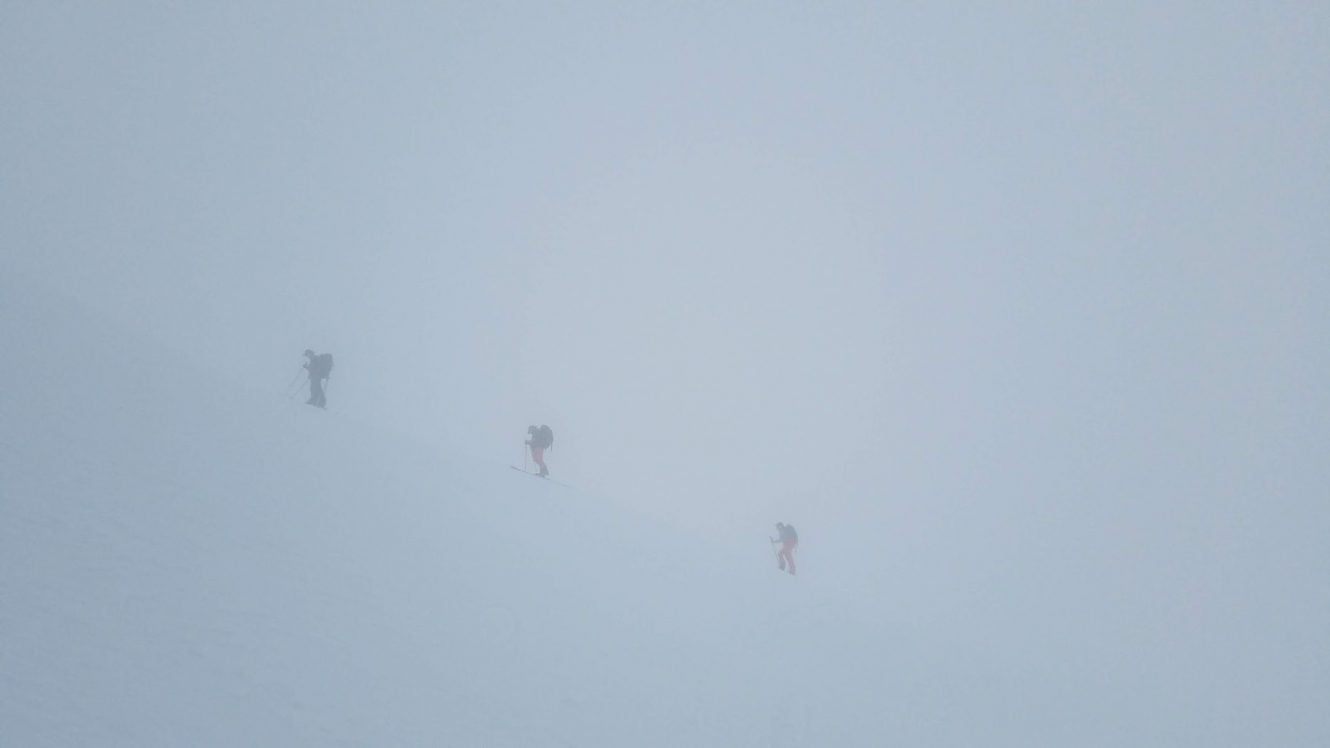
We are doing our best to set ourselves up for success by having flexibility in our route options. That way, we can adapt to different weather conditions. We have routes planned on both the northern and the southern icefields with the aim of exploring the glaciers by ski and summiting/skiing peaks. We’re planning for the worst and hoping for the best.
Gabby:
For me, one of the biggest challenges has been combining gear for two completely different sports on one expedition. We will be on the water and then in the mountains on glaciers. We have a limited amount of space, so we have had to choose our gear carefully—and everything needs to be multi- functional.

We’ve packed gear that will keep us warm, dry and safe. We’ve done several training trips, both on land and in the water, to ensure everything we are taking works and will not break down on us when we most need it. Our Sea to Summit products fit the bill. The dry bags are durable and light, keeping moisture out whether I am on a mountain or in the ocean. The collapsible dishes have been a huge hit both on expedition and in my day to day adventures. I love how the cups and bowls fold down, making them easy to take along with me anywhere and saving me using single-use plastic. The sleep systems are light, warm, comfortable and easy to pack.
Maz:
I have found the logistics leading up to the expedition to be quite a challenge. We have a lot to think about and a limited amount of time to get everything done. I am the primary Spanish speaker in the group, so communication is one of my main tasks.
It’s been extremely helpful having a few local contacts near Tortel help us navigate things we couldn’t prepare for without physically being on location. The permits have also been tricky. There are several that we have to apply for and they have to be completed precisely and in the correct order. It took a lot of research and emails to figure out exactly what needs to be done. The secret to our success so far has been reaching out to anybody and everybody who has done similar expeditions in this region and elsewhere. We’ve been blown away by the help we’ve received from others—and we’ve gained some seriously valuable information.
What will a successful trip look like?
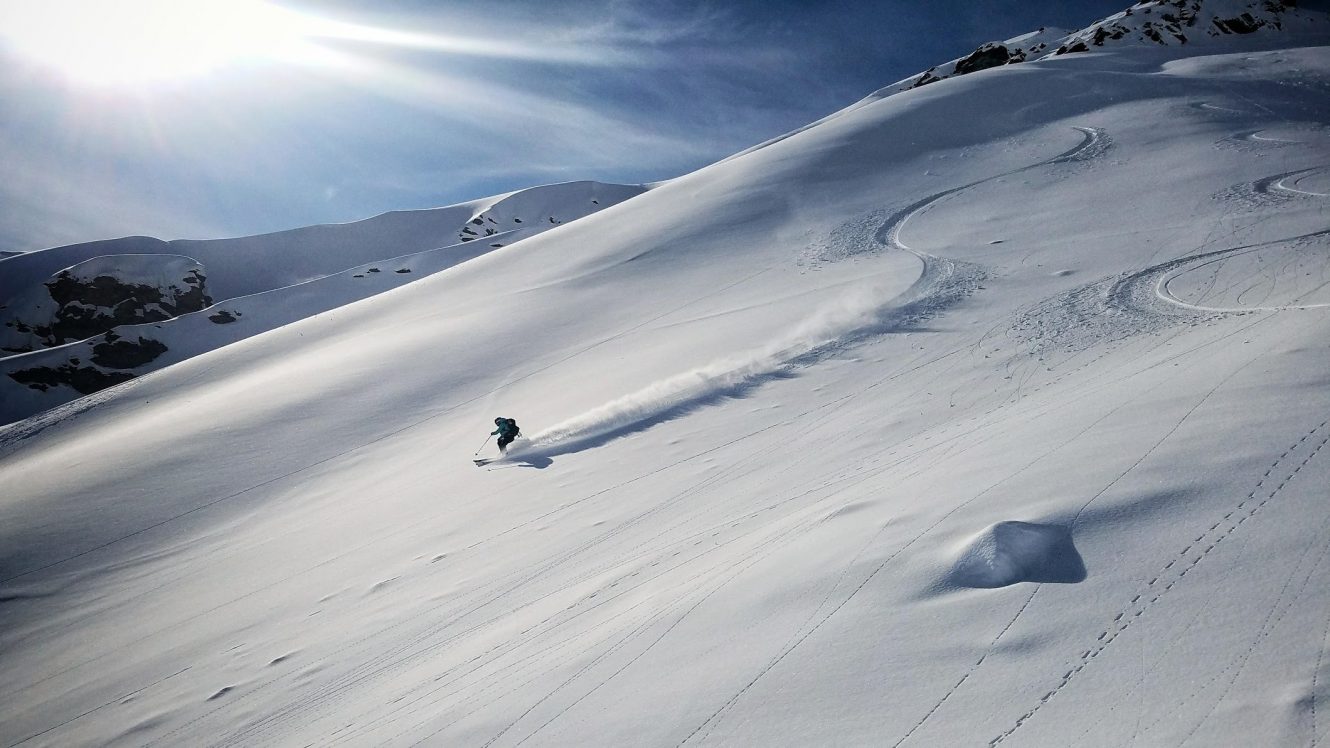
Ideally we’re going to have fun, be safe and challenge ourselves with a good balance of type one and type-two fun.
If we’re able to climb and ski any unclimbed peaks, that will be a bonus. If we’re able to communicate our story and the importance of climate action around the world, then we’ll consider the trip a success.
FOLLOW THE ADVENTURE
Keep an eye out on our social channels and the blog to follow the team’s progress or visit their Instagram at @seekingbalancefindingadventure
PIN THIS FOR LATER

